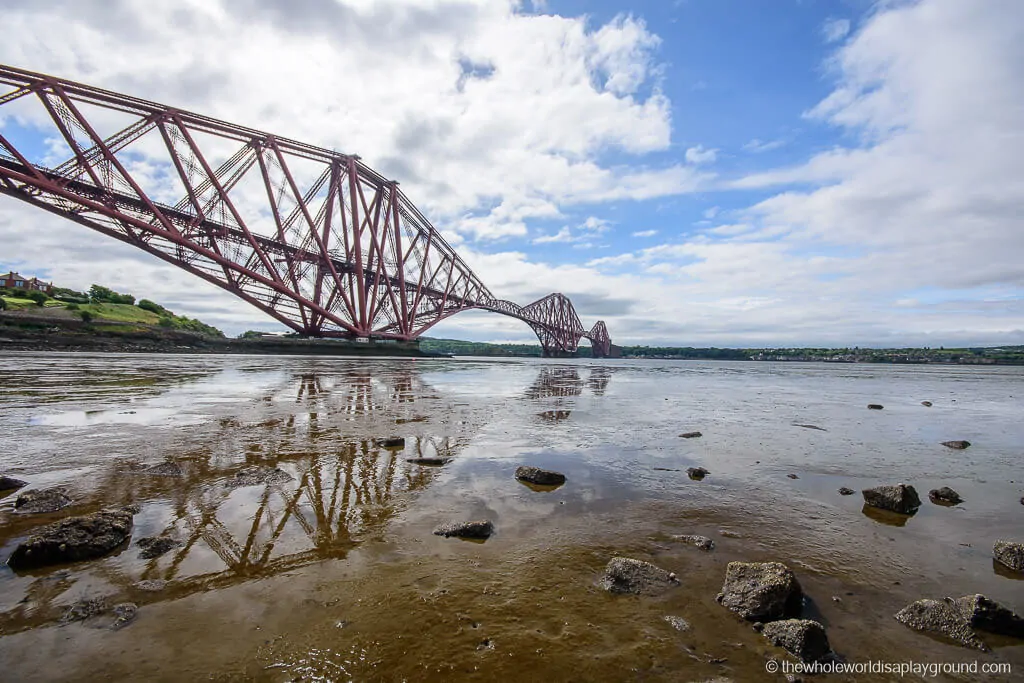There are 30 UNESCO World Heritage Sites in the UK: 25 cultural, 4 natural and 1 mixed cultural and natural site. 28 of the World Heritage Sites are located on the mainland and 3 are in its overseas territories. The UK UNESCO’s are divided between Scotland, England Wales and Northern Ireland and it is home to some of the hardest to reach UNESCO sites in the world. We’ve visited 15 of the UK UNESCO World Heritage Sites to date.
UNESCO World Heritage Sites in the UK: In July 2021, Liverpool lost its UNESCO World Heritage status. The site, Liverpool – Maritime Mercantile City, was removed from the UNESCO list due to what was described as ‘the irreversible loss of attributes conveying the outstanding universal value of the property’.
The 31 UNESCO World Heritage sites in the United Kingdom
The UNESCO World Heritage Sites in the United Kingdom and the year they were first inscribed are:
- Blaenavon Industrial Landscape (2000)
- Blenheim Palace (1987)
- Castles and Town Walls of King Edward in Gwynedd (1986)
- City of Bath (1987)
- Frontiers of the Roman Empire (1987,2005,2008)
- Ironbridge Gorge (1986)
- Maritime Greenwich (1997)
- New Lanark (2001)
- Old and New Towns of Edinburgh (1995)
- Palace of Westminster and Westminster Abbey including Saint Margaret’s Church (1987)
- Pontcysyllte Aqueduct and Canal (2009)
- Stonehenge, Avebury and Associated Sites (1986)
- The Forth Bridge (2015)
- Tower of London (1988)
- Giant’s Causeway and Causeway Coast (1986)
- The English Lake District (2017)
- Dorset and East Devon Coast (2001)
- Gough and Inaccessible Islands (1995,2004)
- Henderson Island (1988)
- Cornwall and West Devon Mining Landscape (2006)
- Derwent Valley Mills (2001)
- Durham Castle and Cathedral (1986
- St Kilda (1986,2004, 2005)
- Canterbury Cathedral, St Augustine’s Abbey, and St Martin’s Church (1988)
- Gorham’s Cave Complex (2016)
- Heart of Neolithic Orkney (1999)
- Historic Town of St George and Related Fortifications, Bermuda (2000)
- Liverpool – Maritime Mercantile City (2004) – Removed from UNESCO list in July 2021
- Royal Botanic Gardens, Kew (2003)
- Saltaire (2001)
- Studley Royal Park including the Ruins of Fountains Abbey (1986)
Hover over the map for the names of the sites:

UNESCO United Kingdom
1 | Blaenavon Industrial Landscape
South Wales was a global force in the production of iron and coal in the 19th Century and drove the industrial revolution. Blaenavon houses many of the contributors to this including the coal and ore mines. We visited the Big Pit National Coal Museum and the Iron Ore Mines in Blaenavon.
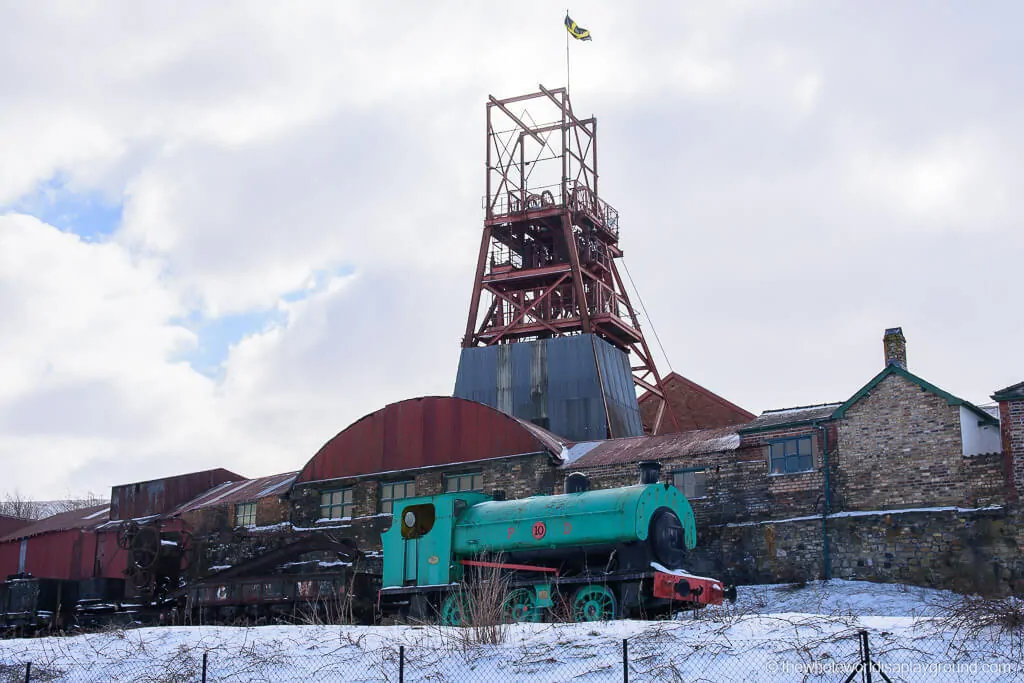
2 | Blenheim Palace
Blenheim Palace is the birthplace of Winston Churchill and is home to the Dukes of Marlborough. It is the work of two of England’s most renowned architects, John Vanbrugh and Nicholas Hawksmoor, and is described as a naturalistic Versailles. The palace houses the Marlborough Tapestries and vast romantic grounds surround the palace.


3 | Castles and Town Walls of King Edward in Gwynedd
The county of Gwynedd in North Wales is home to the castles of Beaumaris and Harlech and the fortified complexes of Caernarfon and Conwy. This well preserved military architecture was built during the reign of Edward I and are an example of colonization and defence works carried out at this time.

4 | City of Bath
Founded by Romans in the 1st Century as a thermal spa, Bath was an important centre of the wool industry in the Middle Ages. In the 18th Century Neoclassical Palladian buildings were built which complement the historic Roman baths. The Roman Baths are among the most well know Roman ruins in Europe.
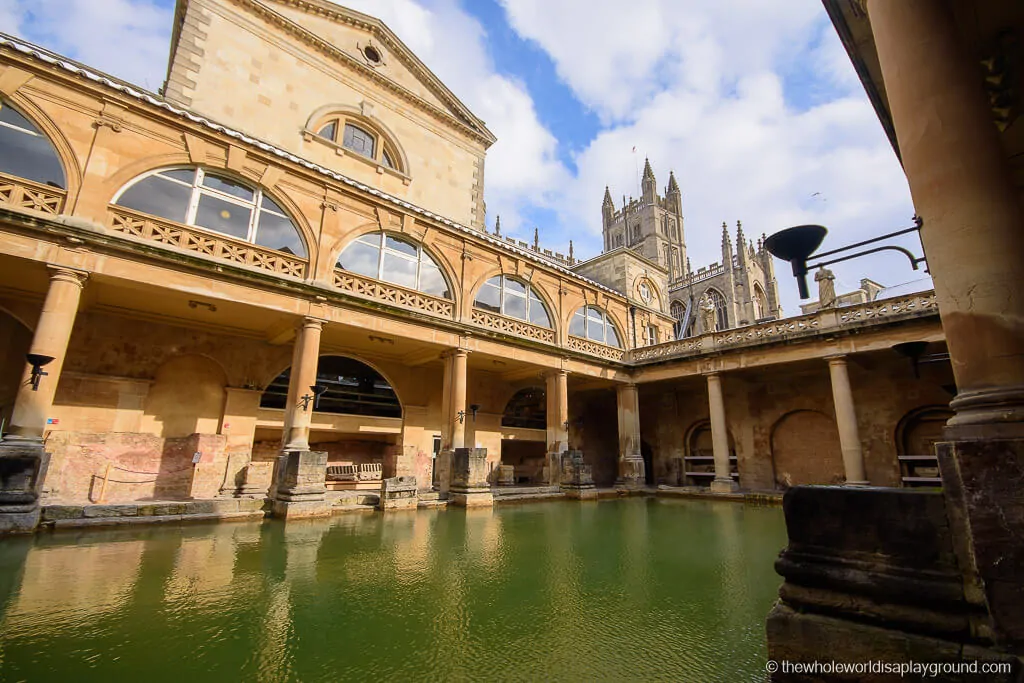
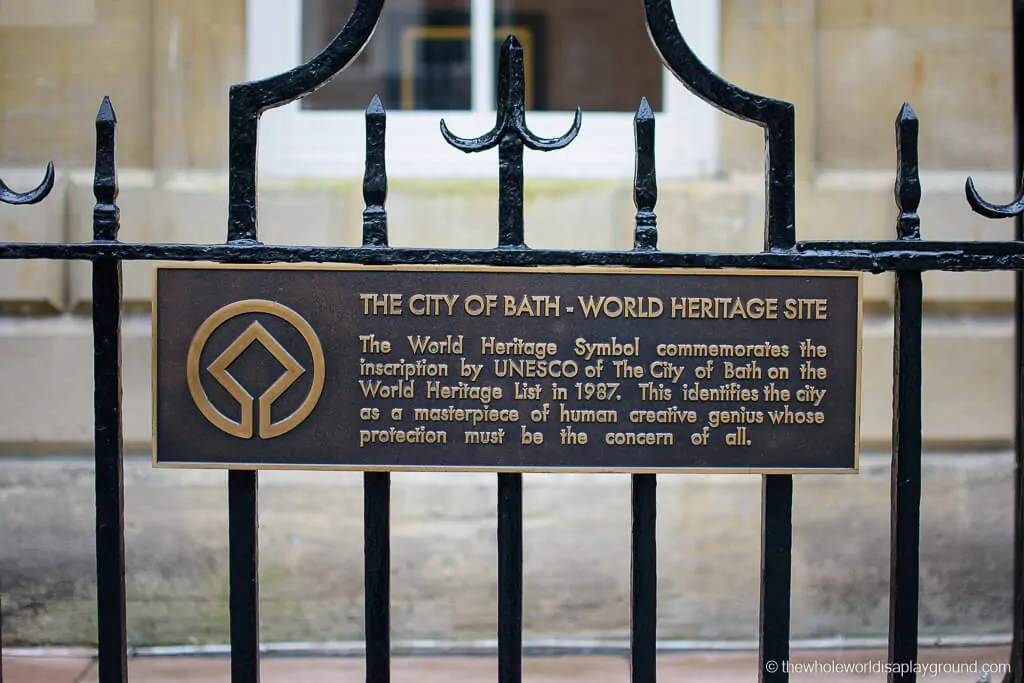
5 | Frontiers of the Roman Empire
The Roman Empire was protected by a network of frontiers and the UNESCO listing consists of Hadrian’s Wall, the Antonine Wall and the Upper German- Raetian Limes. The remains of the frontiers are made up of walls, forts, watchtowers and ditches.
We visited the Antonine Wall which extends for 60km across central Scotland from the River Forth to the River Clyde.
6 | Ironbridge Gorge
A symbol of the Industrial Revolution, the Ironbridge was the first in the world to be constructed of iron. The Ironbridge Gorge provided the raw materials that revolutionised industrial processes.
We visited in March 2018 and unfortunately the bridge was under significant scaffolding.
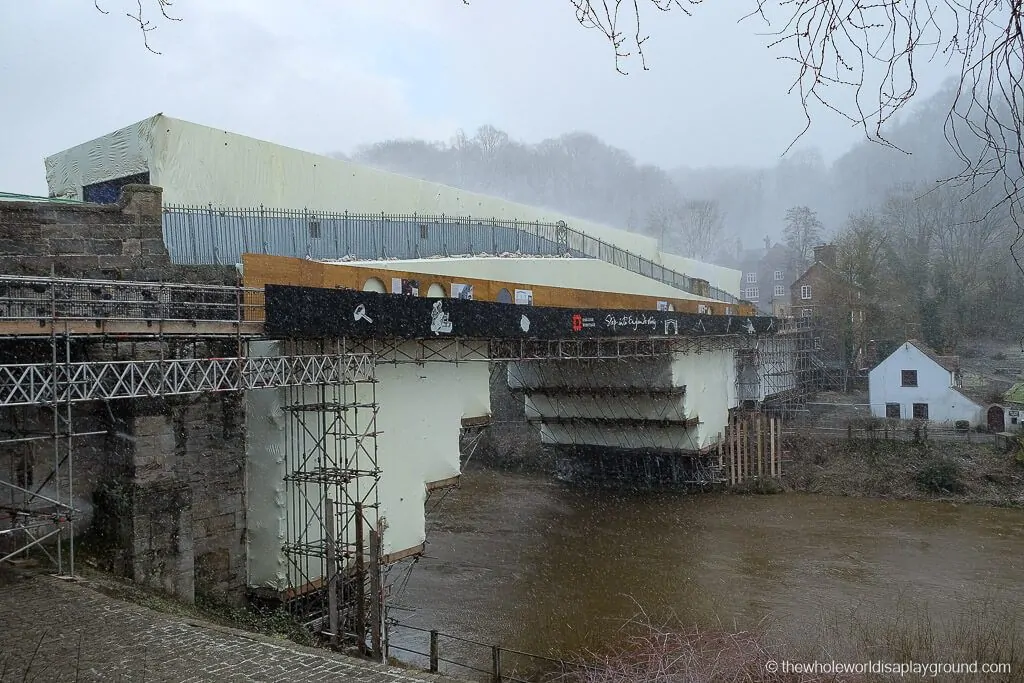

7 | Maritime Greenwich
The collection of Greenwich buildings which include the Queen’s House, the Royal Observatory and the Royal Hospital for Seamen are located in the Royal Park. The buildings showcase English artistic and scientific endeavor in the 17th and 18th centuries and the Queen’s House was the first Palladian building in England.
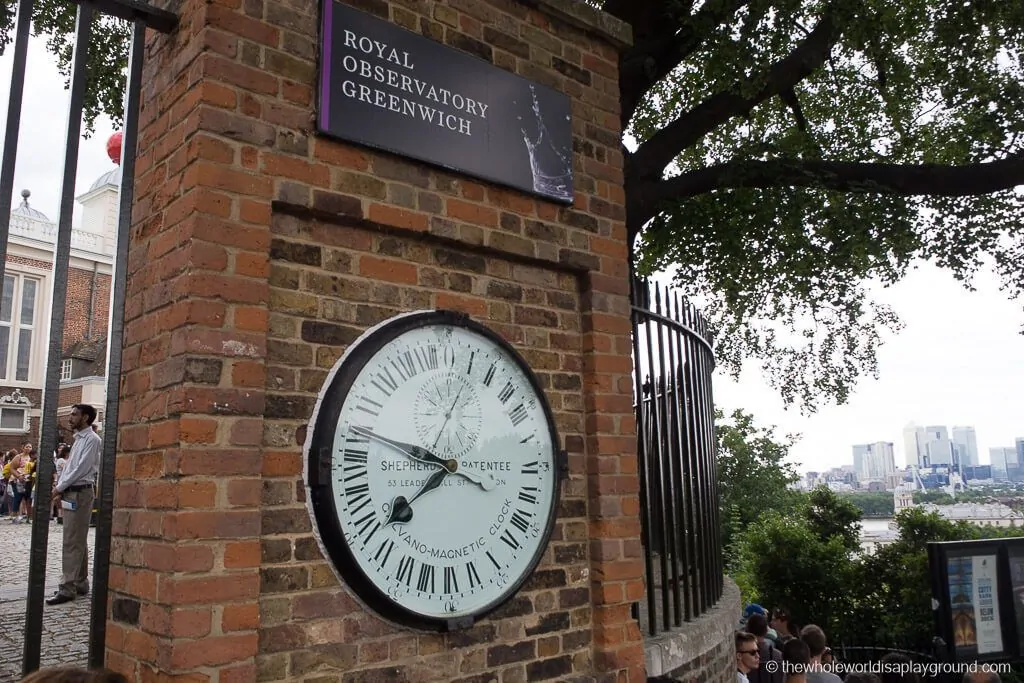
8 | New Lanark
The village of New Lanark was a purpose built 18th Century mill village developed by Utopian idealist Robert Owen who moulded a modern industrial community based on textile production. The Utopian Village anticipated a society without crime, misery or poverty and it formed one of the largest industrial groups in the world.

9 | Old and New Towns of Edinburgh
The Scottish capital is a mix of old and new and the neoclassical new town buildings blend seamlessly with the Old Town’s medieval fortress.
10 | Palace of Westminster and Westminster Abbey including Saint Margaret’s Church
The Palace of Westminster, Westminster Abbey and St Margaret’s Church comprise the UNESCO listing and the buildings are said to symbolise monarchy, religion and power. Known as the Houses of Parliament, the Palace of Westminster is the meeting place of the House of Commons and the House of Lords while Westminster Abbey is the place where monarchs are crowned, married and buried. St Margaret’s Church acts as the parish church of the Palace of Westminster and has been the place of worship of the Speaker and the House of Commons since 1614.
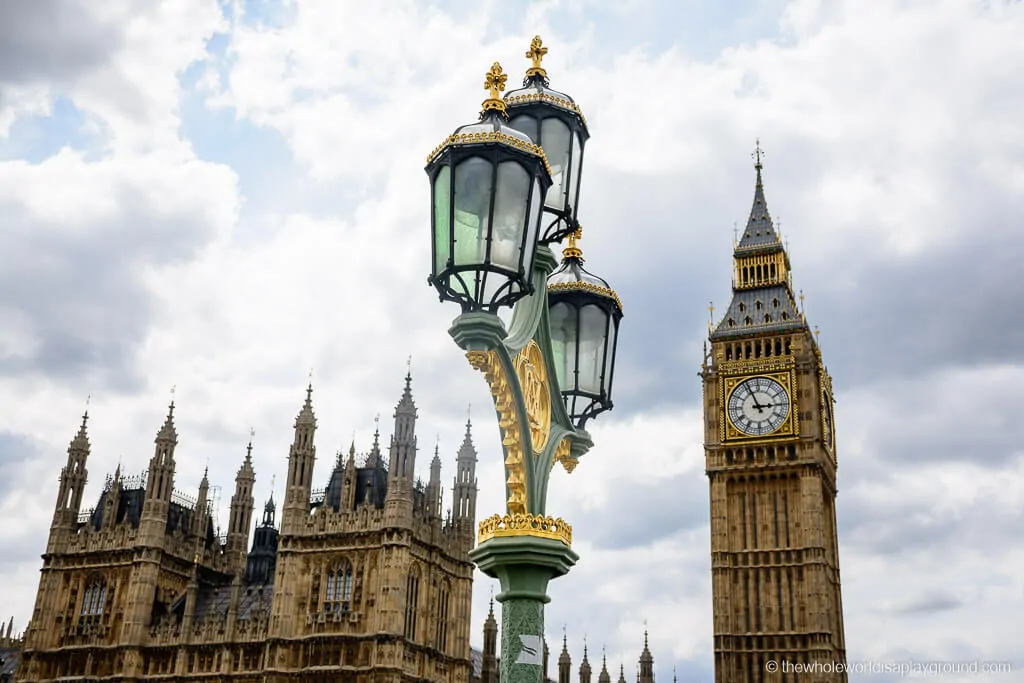
11 | Pontcysyllte Aqueduct and Canal
The 19th Century Pontcysyllte Aqueduct and Canal is located in North Wales and is considered a feat of civil engineering of the Industrial Revolution. The Canal and Aqueduct are a remarkable example of the construction of a human-engineered waterway in a difficult geographical environment with Pontcysyllte Aqueduct being the oldest and longest navigable aqueduct in the UK and is the highest in the world.

12 | Stonehenge, Avebury and Associated Sites
The prehistoric stone circles of Stonehenge and Avebury are outstanding prehistoric monuments with Stonehenge the most architecturally sophisticated prehistoric stone circle in the world and Avebury the biggest. It’s not yet known where the giant stones came from, how they got to the site or even what they were used for. A burial ground, a solar calendar and an ancient healing site are some of the most popular theories that have stood the test of time.

13 | The Forth Bridge
The Forth Bridge, a railway bridge carrying passengers and freight, spans 541m across the Forth estuary in Scotland and is one of the greatest cantilever trussed bridges in the world. With 54,000 tonnes of steel the Forth Bridge is considered an extraordinary achievement in bridge design and construction of the late 1800s.
14 | Tower of London
The Tower of London is one of the UK’s most iconic structures and has been the scene of many key events in European history including the execution of three English queens. It was built to protect London and is a typical example of Norman military architecture.

15 | Giant’s Causeway and Causeway Coast
A symbol of Northern Ireland, the pavement of 40,000 basalt columns comprising the Giant’s Causeway were caused by volcanic activity over 50 million years ago. The predominantly hexagonal basalt columns were formed as the lava plateau resulting from the volcanic activity cooled. The Causeway and its coast are an area of global geological importance and offer insights into the Earth’s geological history as well as inspiring stories of giants using it as a walkway between Northern Ireland and Scotland.

The 16 UNESCO sites we have still to visit are:
16 | The English Lake District
The Lake District is a 2,292 square kilometre mountainous area in the north west of England which is characterised by its narrow glacial valleys, steep hillsides and slender lakes. The unique landscape was modelled by glaciers in the Ice Age and shaped by agro pastoral farming traditions which evolved due to the physical constraints of the area. Listed in 2017, the Lake District is the latest addition to the UK UNESCO list and is an area of extraordinary beauty.
17 | Dorset and East Devon Coast
The largely undeveloped 155km of Dorest and East Devon Coast are geologically significant documenting 185million years of history and an almost continuous sequence of Triassic, Jurassic and Cretaceous rock formations spanning the Mesozoic Era. Studies of the site have contributed to many aspects of geology, palaeontology and geomorphology over the last 300 years.
18 | Liverpool Maritime Mercantile City (Removed)
The city of Liverpool played a major role in the growth of the British Empire and was a major port for the mass movement of people between Europe and North America. Six areas of the city centre and docklands comprise the UNESCO listing and were contributors to the development of the city as a major trading centre in the 18th and 19th Century.
UK UNESCO: The UNESCO listing for Liverpool was removed in July 2021. It was removed due to ‘the irreversible loss of attributes conveying the outstanding universal value of the property.’
19 | Royal Botanic Gardens, Kew
argest and most diverse botanical and mycological collections in the world. The gardens have made a significant contribution to the study of plant diversity and economic botany since their inception in 1759.
20 | Cornwall and West Devon Mining Landscape
The landscape of Cornwall and West Devon was mined extensively for copper and tin and the region produced two thirds of the world’s supply of copper during the early 19th Century making a significant contribution to the mining world.
21 | Derwent Valley Mills
The Derwent Valley contains a series of 18th and 19th century cotton mills which became a model for factories throughout the world in subsequent centuries. The area has technological importance and is where new technology for spinning cotton and processes for efficient production were put into action.
22 | Durham Castle and Cathedral
Durham Castle and Cathedral were built at the end of the 11th Century and are among some of the finest examples of Norman architecture in the UK. The Cathedral contains the relics of St Cuthbert and the Venerable Bede and illustrates the importance of the early Benedictine monastic community and the castle is part of the University of Durham.
23 | St Kilda
St Kilda, a remote volcanic archipelago which contains the most western islands of the Outer Hebrides of Scotland, is home to a spectacular landscape and the highest sea cliffs in the UK. The archipelago holds joint status for its natural and cultural qualities.
24 | Canterbury Cathedral, St Augustine’s Abbey, and St Martin’s Church
For over 500 years Canterbury has been the seat of the spiritual head of the Church of England and the Church of St Martin, the oldest church in England, is among its monuments. The Church, together with St Augustine’s Abbey and Christ Church Cathedral, represent significant milestones in the history of Christianity in Britain.
25 | Saltaire
The Victorian village of Saltaire is a well preserved industrial village built in the late 1800s and the harmonious style provided a model for other villages in the UK, USA and Crespi d’Adda in Italy.
26 | Studley Royal Park including the Ruins of Fountains Abbey
The 800 acre North Yorkshire park was developed around the ruins of the Fountains Abbey and Fountains Hall Castle and has survived from the 18th Century close to its original form.
27 | Heart of Neolithic Orkney
The Heart of Neolithic Orkney refers to the group of Neolithic monuments on an island of Orkney in Scotland. The site is comprised of Maeshowe, the Standing Stones of Stenness, the Ring of Brodgar and the well preserved houses in the Neolithic village of Skara Brae.
The UK listing also includes 4 sites in the British Overseas Territories:
28 | Gorham’s Cave Complex
Gorham’s Cave Complex is a group of four natural sea cave on the south east face of the Rock of Gibraltar and includes Gorham’s Cave, Vanguard Cave, Hyaena Cave, and Bennett’s Cave. Archaeological and paleontological deposits demonstrate Neanderthal occupation over more than 100,000 years and the rare rock engravings in Gorham’s Caves are dated to over 39,000 years ago.
29 | Historic Town of St George and Related Fortifications, Bermuda
St George in Bermuda was founded in 1612 and is the earliest example of an English colonial town in the New World. The UNESCO listing also includes fortifications on St George and other small islands which command access to the town and the anchorage of Castle Harbour. Some of these fortifications are rare surviving examples of the first defensive works built by early European colonists.
Two of these are among the most difficult UNESCO World Heritage Sites to visit across the globe:
30 | Gough and Inaccessible Islands
Located in the South Atlantic Gough and Inaccessible Islands are part of the Tristian a Cunha archipelago, the most remote archipelago in the world. Gough and Inaccessible Islands are eroded remnants of extinct volcanoes and are uninhabited apart from the personnel of a weather station.The islands are free from introduced mammals and are home to many endemic species of birds, plants and invertebrates.
Gough and Inaccessible Island are one of the most difficult UNESCO sites to visit. Inaccessible island is most accessible via a cruise ship itinerary although, due to extreme conditions, only about 70% of dockings are successful. There is presently no access to Gough Island for tourists.
31 | Henderson Island (1988)
Henderson Island is one of the few atolls in the world whose ecology has been practically untouched by a human presence. There are 10 plants and four land birds that are endemic to the island. It is part of the Pitcairn Islands in the South Pacific and is remote, only accessible by boat and requires permission from the Pitcairn Island Council to visit.

